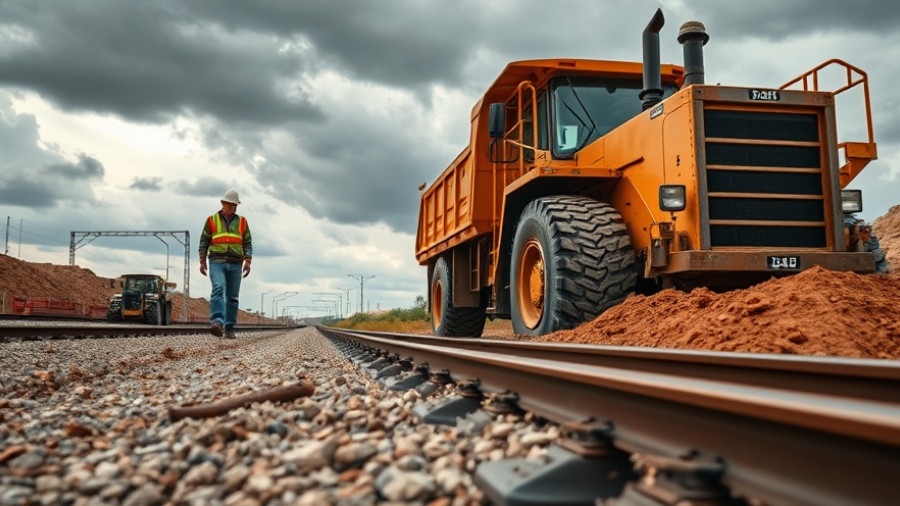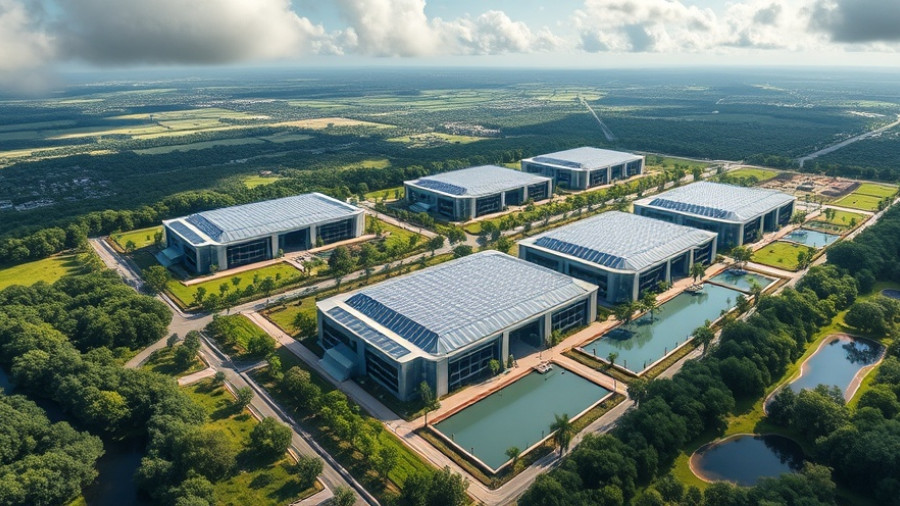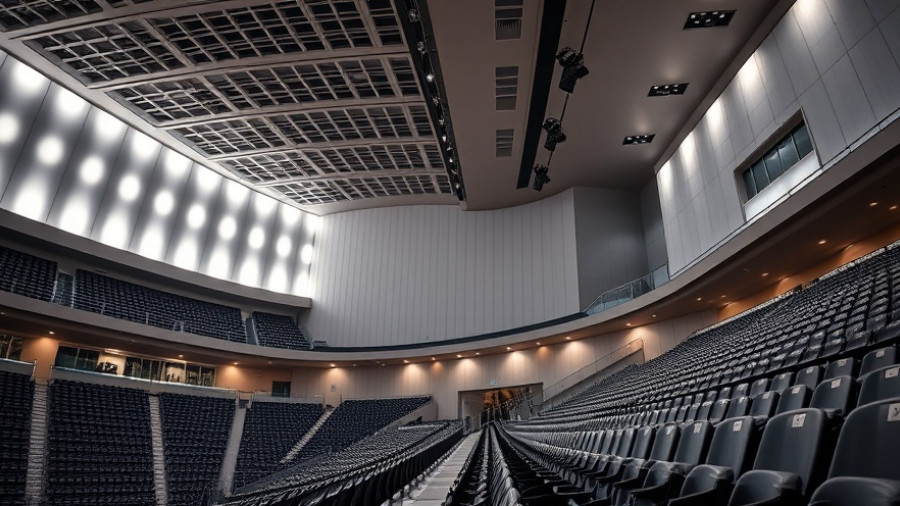
The Incoming Shift: DOL's Repeal of the Independent Contractor Rule
The Department of Labor’s (DOL) recent agenda points to a noteworthy reversal: the potential repeal of the independent contractor classification rule established during the Biden administration. Initially a replacement for previous guidance from President Trump’s term, this proposed change raises significant implications for various stakeholders, particularly in the construction sector.
Why This Matters: Understanding the Classification Methodology
The independent contractor rule serves a vital function under the Fair Labor Standards Act by determining whether a worker qualifies as an independent contractor or a full-time employee entitled to benefits. Such distinctions are especially pertinent within the construction industry, affecting relationships not just between general contractors and subcontractors but also influencing broader operational dynamics on job sites. Key considerations in this classification include the worker's opportunity for profit or loss, investments made by both parties, and the overall permanence of their work relationship.
A Cycle of Changes: A Historical Perspective
This repeal is not an isolated incident; rather, it reflects the cyclical and often turbulent nature of labor regulations in the U.S. Over the last few years, the independent contractor framework has undergone significant shifts, with the Biden-era rule introducing a more inclusive approach towards worker classification compared to its predecessor. However, the new rule, which is set to take effect in March 2024, has already garnered multiple legal challenges that further complicate the landscape for businesses operating within this environment.
Legal and Financial Implications for Businesses
The potential repeal of the independent contractor rule could have extensive legal and financial ramifications. For business owners, property developers, and facility managers, such changes necessitate a careful re-evaluation of work arrangements and compliance strategies. The current classification system, based on a “totality of the circumstances” assessment, adds layers of complexity to financial forecasting and operational planning. Removing these guidelines could leave businesses navigating uncharted waters.
Future Predictions: The Construction Industry's Road Ahead
As debates about labor classifications continue, the construction industry must brace for myriad impacts. Should this repeal proceed, businesses may need to adopt alternative strategies to manage workforce classification, perhaps leading to an increased reliance on direct hiring to mitigate risks associated with misclassification. This shift could unwittingly stifle flexibility, a hallmark of the construction sector, without careful consideration of how new policies intersect with existing operational needs.
Conclusion: Preparing for Change in a Dynamic Landscape
As we stand on the precipice of regulatory change, business stakeholders in the construction industry must act swiftly to re-evaluate worker classification methods and prepare for the implications of the DOL’s potential repeal. Engaging in proactive discussions around compliance, operational efficiency, and financial strategy will be essential for navigating the evolving landscape effectively. Leaders must remain vigilant, ensuring their operations can adeptly respond to both legal challenges and shifting workforce dynamics.
 Add Row
Add Row  Add
Add 




Write A Comment